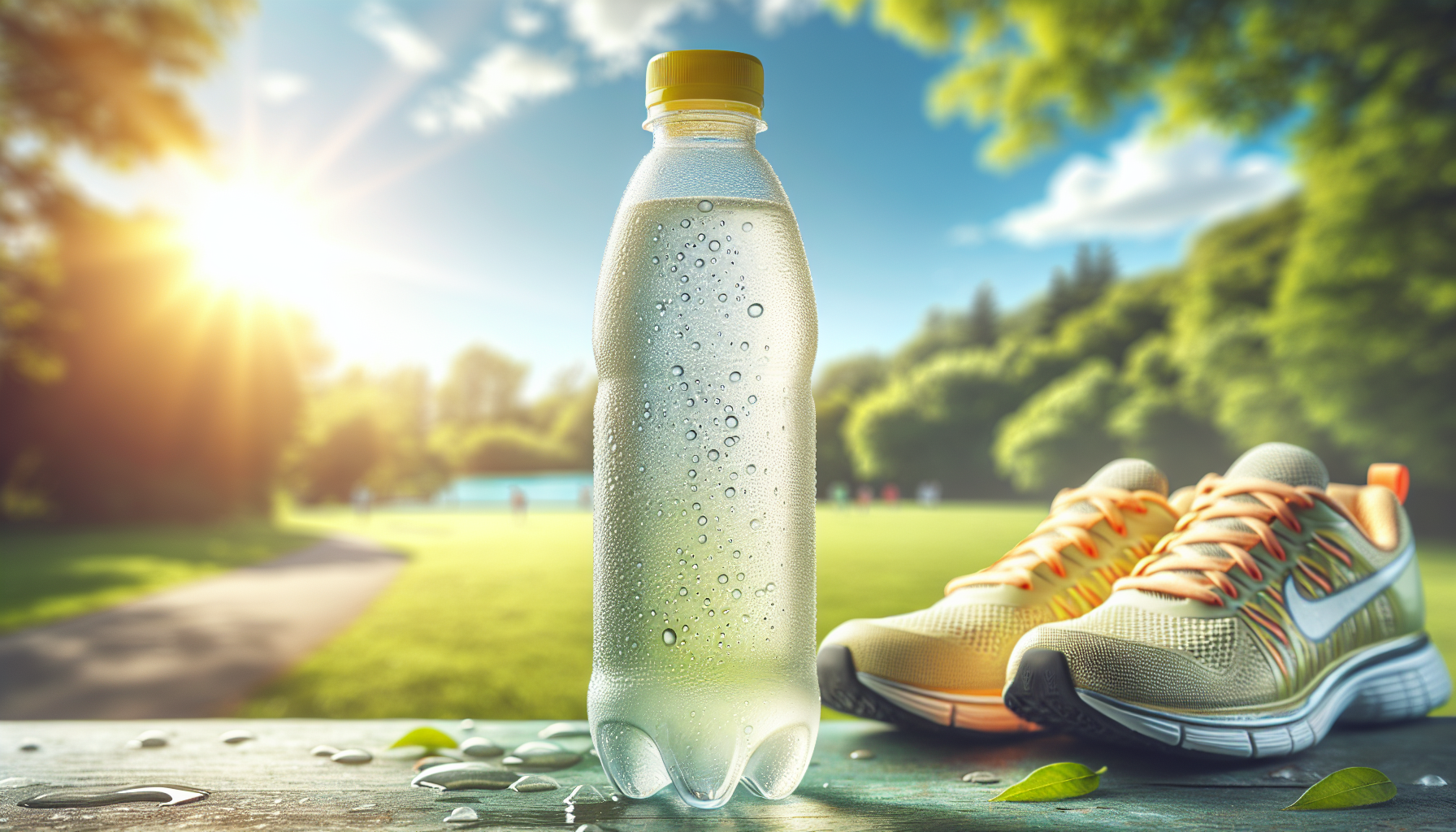
The general guideline often suggested is to aim for about 17 to 20 ounces of water two to three hours before a run. During runs, especially those exceeding an hour, try to drink 7 to 10 ounces every 10 to 20 minutes. This will help maintain your blood volume and keep your muscles fueled. Post-run hydration matters too; it’s a critical window where your body needs to replenish what was lost through sweat. Aiming for 16 to 24 ounces after your run, ideally within the first hour, can aid recovery and enhance your overall running health.
Consider environmental factors as well. Hot and humid days can significantly increase your sweat rate, meaning you’ll need to adjust your intake accordingly. During colder months, remember that you might still lose fluids through breath and sweat, so staying hydrated is just as important.
Don’t overlook personal preferences and habits. Some runners thrive on electrolyte-rich drinks, while others stick to plain water. Finding what works best for you through trial and adjustment during training runs can lead to better performance and a more enjoyable running experience.
Best Practices for Hydration Before, During, and After Running
Before heading out for a run, you can set yourself up for success by incorporating specific hydration practices. Start by ensuring that your body is well hydrated in the hours leading up to your run. Aim for around 17 to 20 ounces of water a few hours prior, but also remember to sip on fluids in the hour leading up to your run. Small, consistent sips can help your body absorb water better without leaving you feeling bloated.
During your run, timing and quantity are pivotal. If your run lasts longer than an hour, aim to take in 7 to 10 ounces every 10 to 20 minutes. This isn’t merely about drinking; it’s about finding a rhythm that fits your pace and reduces stress on your body. If you’re undertaking a long-distance run, consider alternating between water and sports drinks to replenish electrolytes and maintain stamina. Avoid overloading on liquids at once; instead, frequent small sips keep your body happy and effective.
Post-run hydration is equally vital. After finishing your run, the first hour is a prime time for your body to absorb fluids, so aim for 16 to 24 ounces during this critical period. Pair this hydrating effort with a light snack that includes a good mix of carbohydrates and protein. This combination not only assists in recovery but also helps restore energy levels and muscle function.
But don’t stop there—monitor how you feel in the aftermath. If you’re feeling unusually fatigued or have a headache, it might indicate that your hydration wasn’t quite enough. Listen to your body and adjust your intake strategies for future runs. Every runner’s journey is different, and discovering the optimal hydration routine can significantly boost your running health and performance over time.
Choosing the Right Hydration Products and Solutions
When it comes to selecting the right hydration products, the options can feel overwhelming. From classic water bottles to more sophisticated hydration packs, the right choice often boils down to personal preferences, the specifics of your run, and how you like to carry your water. A reusable water bottle is a solid go-to for short runs or daily training sessions, and many models come with insulation to keep drinks cold. Look for designs that fit comfortably in your hand, with a lid that allows for quick access during your run.
If you’re tackling longer distances, a hydration vest or pack may be your best ally. These options allow you to comfortably carry sufficient water without disrupting your running form. Many feature pockets for energy gels or snacks, ensuring that your fuel is always within reach. Consider vests made from lightweight, breathable materials to prevent overheating, especially during those warmer summer runs.
Electrolyte drinks deserve a mention, especially for intensive sessions or races where you’re likely to sweat more. Brands vary widely in flavor and content; experimenting can help you find the one that won’t leave you feeling sluggish or bloated. Look for options that balance sodium and potassium along with carbohydrates, providing not only hydration but also energy. Some runners also prefer to mix their own, allowing for control over ingredients, sugar content, and flavor strength.
Don’t forget about hydration tablets and powders! They’re compact and easy to pack, perfect for pre-mixed drinks that can be made on the go. Just combine with water, and you’ve got a refreshing electrolyte solution ready to help you stay on track. Such options can be particularly useful when you’re traveling or during events where you might not have easy access to your usual hydration sources.
Lastly, keep in mind the environmental impact of your choices. Many runners are now prioritizing sustainability by opting for products made from recycled materials or those that minimize waste. Using a reusable container or opting for bulk powders can significantly reduce your footprint while still keeping you well-hydrated during your training.

